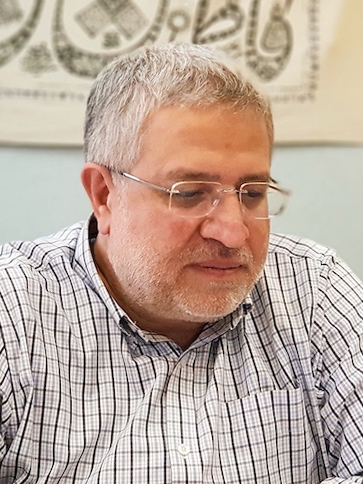Investigating the effect of DBS on brain connectivity using causality
Description
DBS is used to manage some of the symptoms of Parkinson's Disease that cannot be adequately controlled with medications.[9][10] It is recommended for people who have PD with motor fluctuations and tremor inadequately controlled by medication, or to those who are intolerant to medication, as long as they do not have severe neuropsychiatricproblems.[11] Four areas of the brain have been treated with neural stimulators in PD. These are the globus pallidus internus, thalamus, subthalamic nucleus and the pedunculopontine nucleus. DBS of the globus pallidus internus improves motor function while DBS of the thalamus improves tremor but has little effect on bradykinesia or rigidity. DBS of the subthalamic nucleus is usually avoided if a history of depression or neurocognitive impairment is present. DBS of the subthalamic nucleus is associated with reduction in medication. Pedunculopontine nucleus DBS remains experimental at present. Generally DBS is associated with 30–60% improvement in motor score evaluations.[12]
Dataset
In this project, we will use the DBS dataset collected in the Institute of Clinical Neuroscience and Medical Psychology at Heinrich Heine University Düsseldorf.
MEG data from 17 PD patients were acquired during DBS of the STN. Data was recorded both in DBS OFF and DBS ON based on the paradigm explained in [12].
Moreover, STNs were stimulated unilaterally at two different stimulation frequencies of 130 Hz and 340 Hz. Therefore, we will be able to investigate the stimulation frequency-dependent changes in functional connectivity as well.


